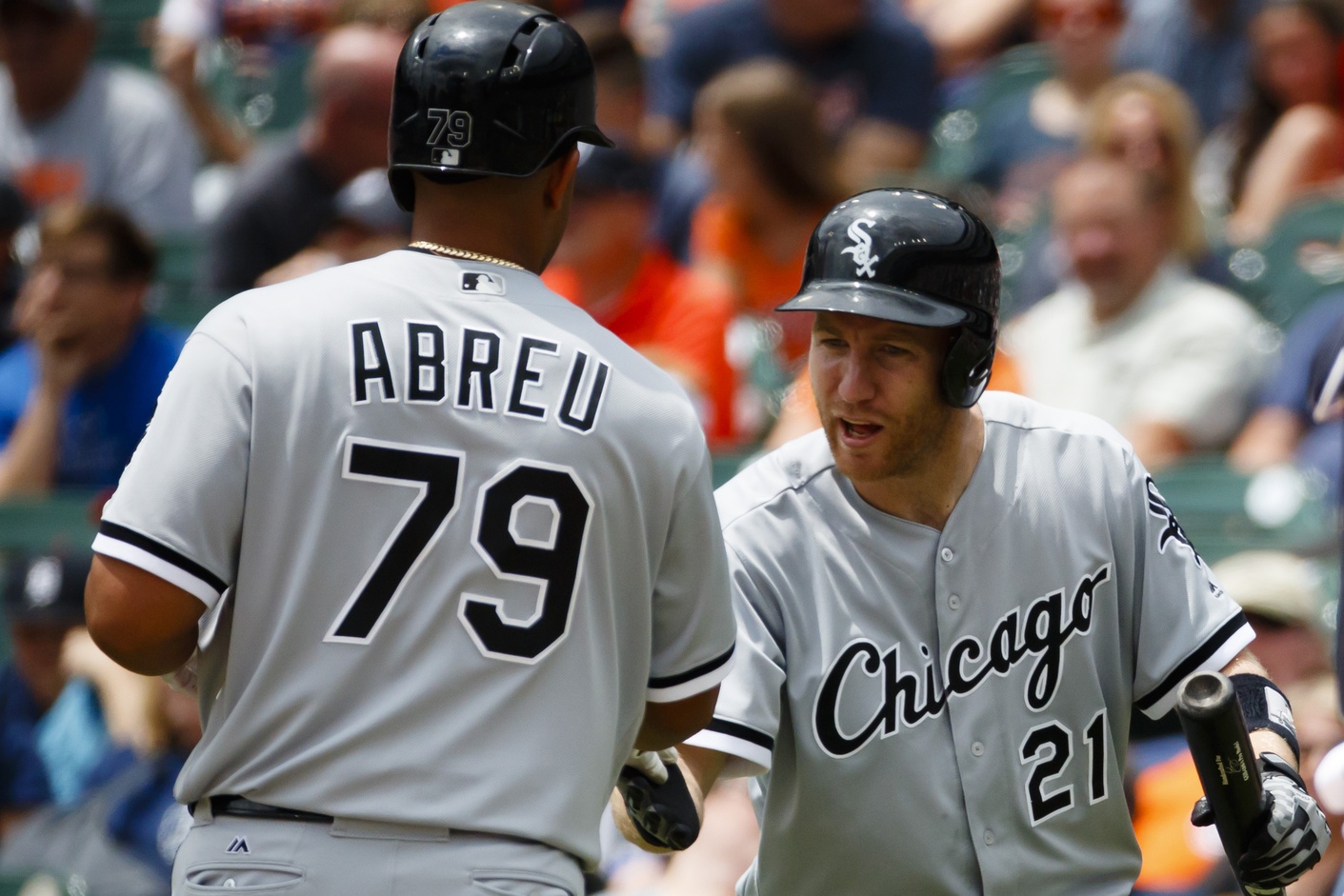On the morning of May 10th, the White Sox sat at 23-10, first place in the AL Central by six games with the second-best record in baseball. They had were coming off an 8-4 victory in Texas that was capped by a go-ahead Todd Frazier grand slam in the top of the 12th. Things were looking pretty rosy.
As is self evident by the team’s now 29-28 record, things are hardly as rosy now. Since that thrilling victory in Texas, the White Sox have the worst record in baseball at 6-18, allowing them to be caught by Detroit and leapfrogged by Cleveland and Kansas City. Their PECOTA playoff odds, once up over 70 percent, now sit at a meager 33 percent. They burned through a stockpile of division separation in dramatic fashion and then some, and now have ground to gain on teams that already were at least evenly matched with them going into the season.
But as bad as the last few weeks have been (with the worst record in baseball it’s hard to imagine worse) things are not nearly as bleak in the aggregate. This now is a team that has been approximately average thus far, and now adds a pretty monumental upgrade to their rotation in James Shields. Their offense continues to underperform, but is bound for at least some improvement. As bad as he’s looked, it’s reasonable to bet that Jose Abreu is at least closer to the offensive force he was from 2014-15 than the carcass he’s been so far this year. However, as it stands, their .500 record is probably a decent approximation of their true talent, which would be a bit prohibitive of a run back to first place.
In this sense, it’s perhaps instructive to compare this team to another that got off to a hot start before sputtering: the 2015 Mets, who started off at 15-5 but were at .500 and 4.5 games out of first as late as last July 4th. Similar to this year’s White Sox, the 2015 Mets relied on a strong pitching staff to prop up a weak offense, and managed to make the World Series after a mediocre start. Again like the White Sox, the Mets added to the rotation early, though their addition of Noah Syndergaard from the minors was likely a bit more monumental than the Sox adding Shields (though an improvement from Carlos Rodon could provide the White Sox with a similar upgrade).
The most important thing the Mets did, however, was add production to black holes midseason. A team that was getting consistent playing time from Michael Cuddyer, John Mayberry, and Eric Campbell was upgraded a ton just by filling their holes with competent big leaguers in Juan Uribe and Kelly Johnson, to the point where a monster second half out of Yoenis Cespedes was enough to lead them to October.
The White Sox are unlikely to add a player of the caliber that Cespedes played at after last year’s trade deadline (they missed their chance by not signing him this offseason). However, they should definitely have the opportunity to fill some of their holes, as they already did with Shields in the rotation. As was seen with the Mets, improving from nothing to average can have a large effect on a roster, and if the Sox can do as much they may be able to keep this season from going off the rails.
